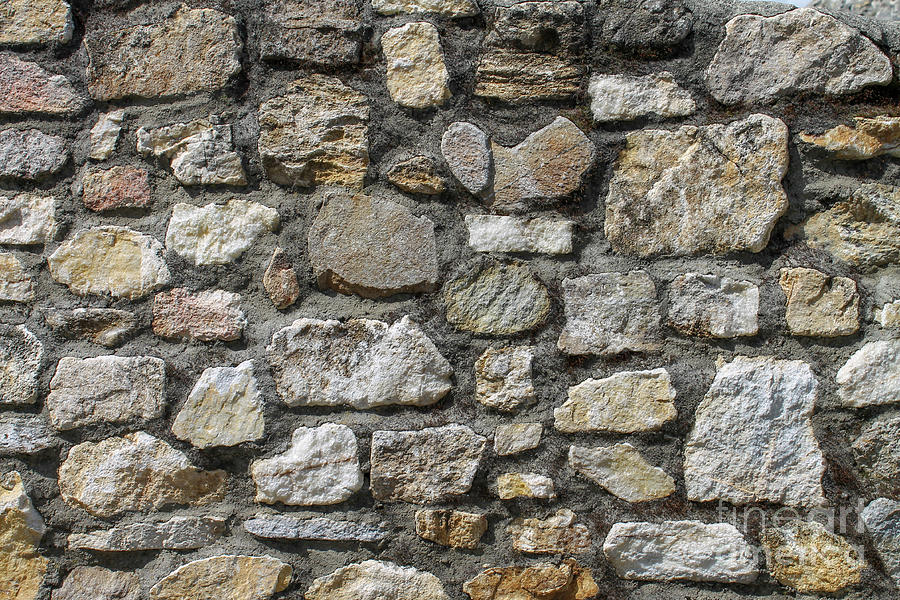Waterproofing a wall is crucial to protect it from moisture damage, mold growth, and structural deterioration. However, finding the most affordable yet effective method can be a daunting task. In this blog post, we will explore innovative and budget-friendly approaches to waterproofing walls, ensuring both quality and cost-effectiveness.
- Sealants and Waterproof Coatings:
One of the cheapest ways to waterproof a wall is by using sealants and waterproof coatings. These products create a protective barrier on the wall's surface, preventing water penetration. Acrylic-based sealants and coatings are widely available and offer excellent waterproofing properties at an affordable price. They are easy to apply and can be used on various wall materials, including concrete, brick, and wood. - Cementitious Waterproofing:
Cementitious waterproofing is another cost-effective method suitable for both new construction and renovation projects. It involves applying a cement-based coating or slurry to the wall surface. This coating forms a durable and waterproof layer, effectively preventing water infiltration. Cementitious waterproofing is particularly useful for basements, retaining walls, and areas prone to high moisture levels. - Liquid Applied Membranes:
Liquid applied membranes (LAMs) have gained popularity in recent years due to their affordability and ease of application. These liquid coatings can be sprayed or rolled onto the wall surface, forming a seamless and flexible membrane. LAMs offer excellent waterproofing capabilities and can adapt to various wall substrates. They are particularly suitable for irregular or complex wall structures. - Bentonite Waterproofing:
For a more natural and cost-effective solution, bentonite waterproofing can be considered. Bentonite is a clay material that swells when exposed to water, creating a watertight barrier. It can be applied as a powder or in the form of panels, which are placed against the wall surface. Bentonite waterproofing is commonly used in below-grade applications, such as foundation walls, and provides long-lasting protection against water intrusion. - Green Roof Systems:
While not the most conventional method, green roof systems offer a unique and eco-friendly approach to wall waterproofing. By installing a layer of vegetation on the wall surface, green roofs provide natural insulation and absorb rainwater, reducing the load on the wall. This method can be cost-effective in the long run, as it improves energy efficiency and extends the lifespan of the wall.
Conclusion:
When it comes to waterproofing walls, cost-effectiveness should not compromise quality and durability. By considering the aforementioned methods, such as sealants and waterproof coatings, cementitious waterproofing, liquid applied membranes, bentonite waterproofing, and green roof systems, you can find the most affordable solution tailored to your specific needs. Remember to assess the wall's condition, consult professionals if necessary, and choose the method that best suits your budget and requirements. With these innovative approaches, you can ensure a well-protected and long-lasting wall without breaking the bank.


